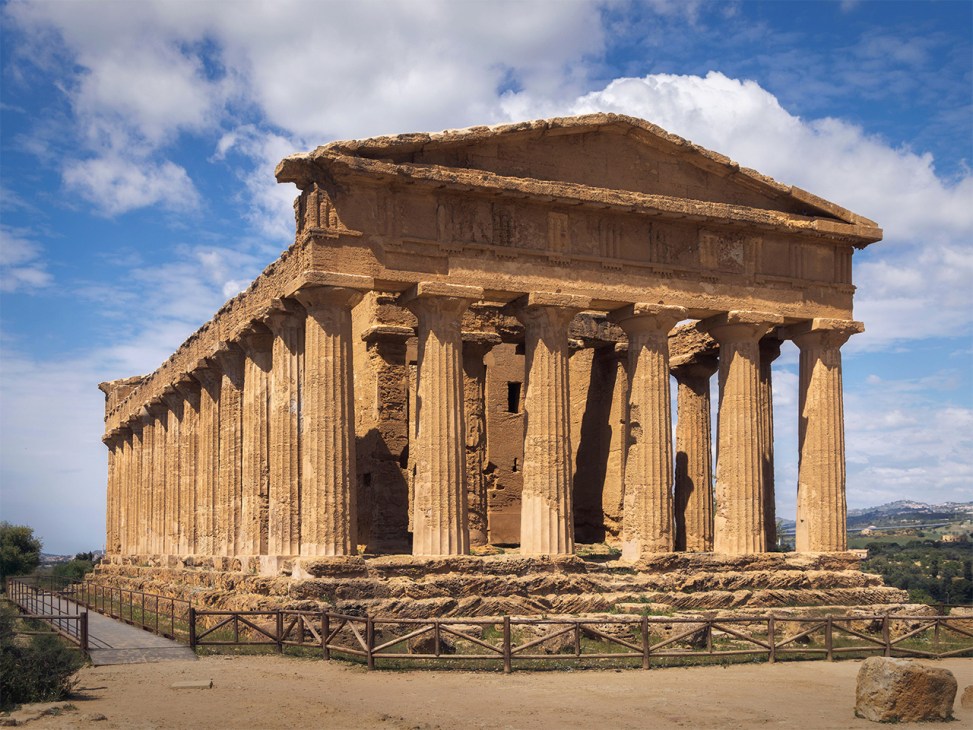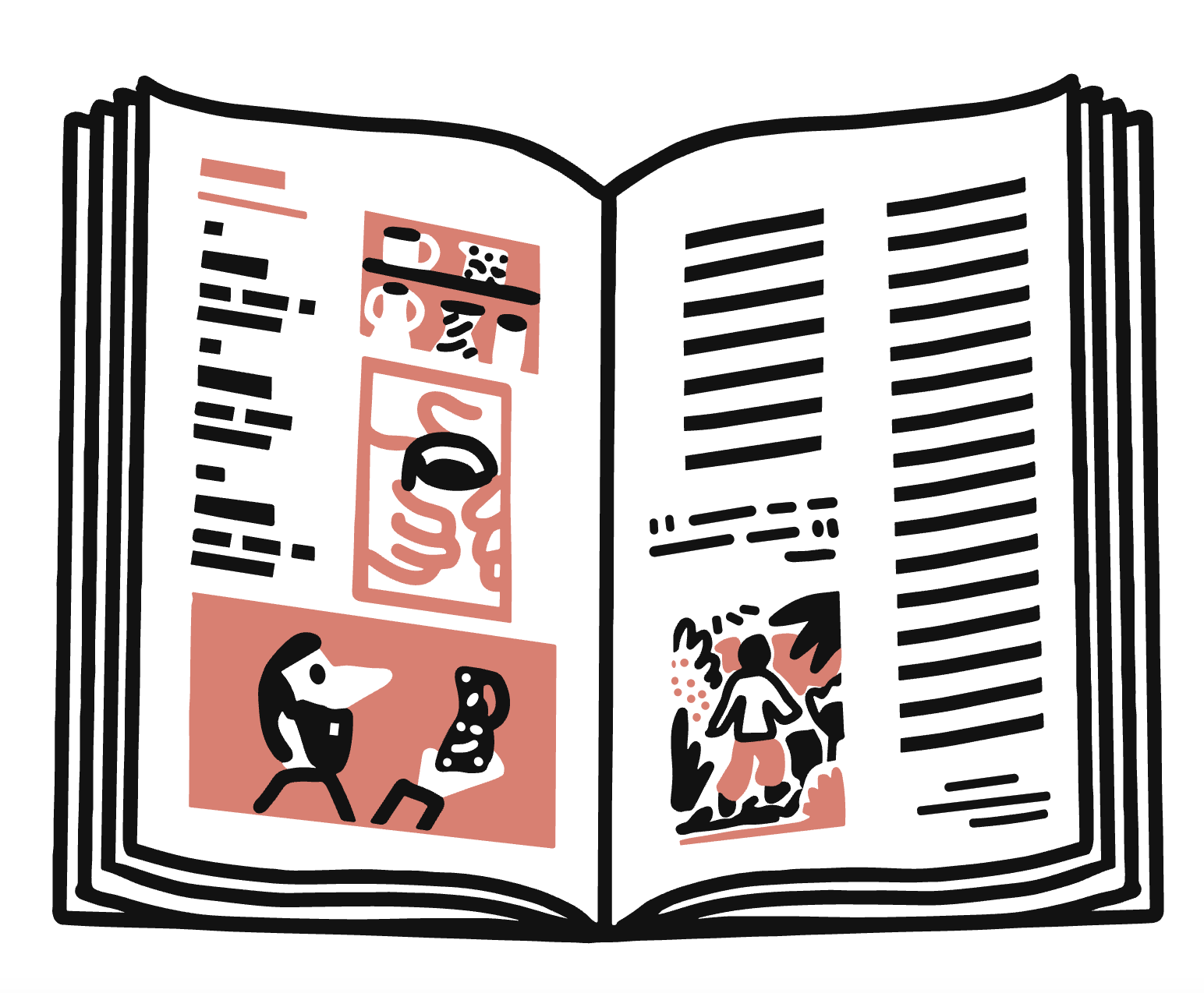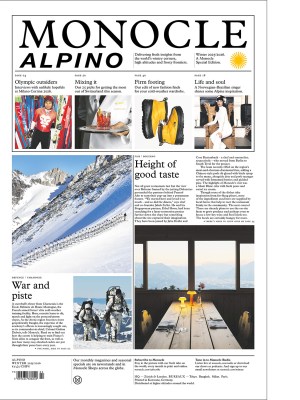Why Donald Trump’s ‘beautiful architecture’ mandate could make Washington look worse
What does president Trump’s executive order to make ‘federal architecture beautiful again’ mean for the US’s urban landscape?
In August the US president, Donald Trump, signed an executive order titled Making Federal Architecture Beautiful Again in which he declared that future federal buildings nationwide – from courthouses to office blocks – must employ and be built in approved historical styles. From now on in Washington, the default language of public architecture will be classical, unless an exception can be justified.
While Trump’s taste has often been called into question, this move, which solidifies an order issued in the final weeks of his first presidency, shows that he’s well aware of the capacity of architecture to unite, divide, project power and create a link to an imagined past.
Supporters, including the National Civic Art Society, frame the order as simple common sense. Classical architecture, sympathisers insist, is America’s God-given birthright. Its colonnades, cornicing and corbels carry the weighty associations of legitimacy, inspiration and timelessness. There is much to be said for classical architecture but surely it’s faintly ridiculous, short-sighted and lacking in imagination to mandate it as the capital’s only permissible style? Such sweeping edicts politicise taste and curtail conversation or innovation. Washington has long been a showcase of contrasting styles and, by extension, a democracy of ideas played out in its structure and streetscape since it was first planned (on a marsh, not a swamp) in the 1790s. We have come a long way since then, in engineering and thought, and the built environment should reflect this.


The city’s strength has always been its pluralism, in architecture as in politics – from Henry Bacon’s Lincoln Memorial and Edward Durell Stone’s Kennedy Center to IM Pei’s National Gallery of Art East Building and Gordon Bunshaft’s Hirshhorn Museum – reflecting a diversity of expression. Privileging nostalgia over experimentation risks producing pastiche: a watered-down echo of the countless times when bullies have tried to impose a unified architecture on cities. See Mussolini’s attempts to link his fascism with the grandeur of Rome or Saddam Hussein’s Babylonian-inspired reworking of Baghdad. Today, there are other strongmen hard at work reforging their capitals and seats of power, from Putin’s Cathedral of the Armed Forces to Erdogan’s Ak Saray palace in Ankara (about four times the size of Versailles) and Modi’s new-look New Delhi that replaces colonial associations with historic Hindu and nationalist motifs.
It’s too early to see the results in Washington but Trump’s mandate asserts centralised control over federal aesthetics and seeks an architecture portraying hulking power with precious little nuance. Instead of leaving it to competitions or a respected advisory process, the White House now dictates which forms are worthy of housing American democracy. It’s a patently subjective and problematic idea: are the president and his yes men now suddenly qualified to rule on what makes a building work?
That said, a return to classical architecture could well create good, even great, buildings, providing that architects respect traditional craft, proportion and materials, which is not a given in today’s uncertain construction market. The risks such sweeping legislation possesses are literally colossal too. From botched efforts to corner-cutting or projects palmed off to cronies, commissions might quickly descend into over-scaled kitsch, boring imitation or ill-suited structures aimed to appease aesthetically rather than serve, elevate or enlighten.
Without true architectural investigation and denied the freedom to disagree in the debate around urbanism and public buildings, the architectural discourse – much like the political and social ones – could stray from thoughtful invention into blind partisanship. Columns, pediments and porticoes might look like progress to some but making them the only option will drag architecture back to antiquity.
Sam Lubell is a New York-based architecture writer and book editor.
Read next: Trump biographer Michael Wolff on the ‘moron’ president’s ‘incredible incompetence’


